Jagmeet Singh
Updated Mon, August 28, 2023
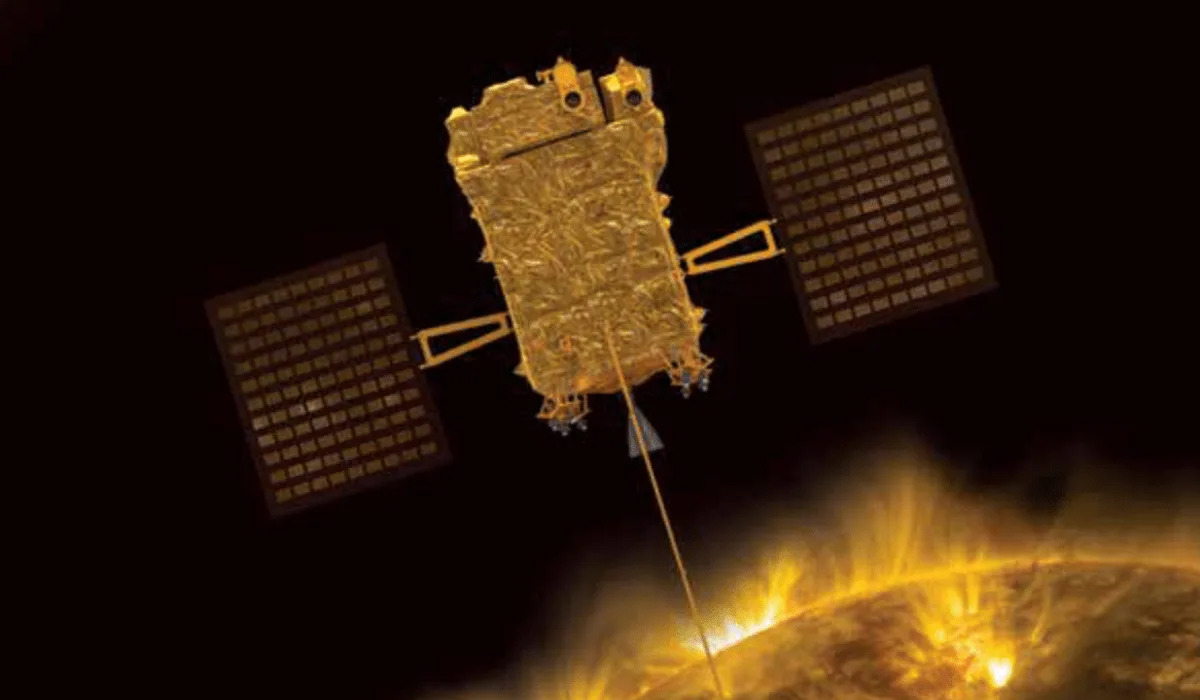
Image Credits: ISRO
India is launching its first space-based solar observatory mission called Aditya-L1 to study the sun — just days after the successful landing of the country's moon rover mission Chandrayaan-3.
The launch of Aditya-L1 will take place at 11:20 pm PT on September 1 (11:50 am IST on September 2) from Satish Dhawan Space Centre in South India's Sriharikota using the polar satellite launch vehicle (PSLV-XL), India's space agency Indian Space Research Organization (ISRO) announced on Monday. After the launch, the spacecraft will require approximately 109 days to reach a halo orbit around the Lagrange point 1 (L1), which is between the sun and Earth, about 933,000 miles away.
ISRO aims to better understand coronal heating, coronal mass ejection, pre-flare and flare activities and their characteristics, dynamics of space weather and propagation of particles and fields through the Aditya-L1 mission. The 3,300-pound satellite comprises a number of science, observation and experimentation payloads, including four remote sensing payloads.
Aditya-L1, codenamed PSLV-C57, has various scientific goals, such as examining solar upper atmospheric dynamics, investigating chromospheric and coronal heating, observing on-site particles and plasma environments, and studying the physics of the solar corona and its heating mechanism. The mission also aims to identify drivers for space weather.
In 2008, Aditya-L1 was originally conceptualized as Aditya ("sun" in Hindi) to study the solar corona — the outermost layer of the sun's atmosphere. However, ISRO later renamed the mission Aditya L-1 to expand its objective and project it as a full-fledged observatory for studying solar and space environments.
The Indian government allocated approximately $46 million for the Aditya-L1 mission in 2019, though updates on the mission costs have not been disclosed yet.
Last week, the space agency grabbed international attention for the successful landing of its Chandrayaan-3 mission, which was launched in July as the successor to Chandrayaan-2 that crashed in 2019. The remarkable achievement of the spacecraft made India the first country to land on the lunar south pole and the fourth nation globally to make a soft landing on the moon, after the former Soviet Union, U.S. and China
India sets September launch date for mission to study the sun
Reuters
Updated Mon, August 28, 2023
BENGALURU (Reuters) -India's first space-based observatory to study the sun will be launched on Sept. 2, the country's space agency said on Monday.
The announcement, in a post on messaging platform X, formerly known as Twitter, comes days after India became the first country to land a spacecraft on the unexplored south pole of the moon.
The Aditya-L1, India's first space-based solar probe, aims to study solar winds, which can cause disturbance on earth and are commonly seen as "auroras".
The craft, named after the Hindi word for the sun, will be launched from the country's main spaceport in Sriharikota using India's heavy-duty launch vehicle, the PSLV, which will travel about 1.5 million km (932,000 miles), the agency said.
"The total travel time from launch to L-1 (Langrange point) would take about four months for Aditya-L1," the Indian Space Research Organisation (ISRO) said in a post on X.
The government sanctioned the equivalent of about $46 million for the mission in 2019.
ISRO has not given an official update on costs and did not immediately respond to a call seeking comment.
India has achieved a reputation for successful space launches at cut-throat costs. It's latest moon mission had a budget of about $75 million- less than that of Hollywood space thriller "Gravity".
(Reporting by Nivedita Bhattacharjee in Bengaluru; Writing by Sakshi Dayal; Editing by Louise Heavens and Mike Harrison)
Japan suspends H-IIA rocket launch for moonshot because of strong wind
Updated Mon, August 28, 2023
H-IIA No. 47 is on the launching pad at Tanegashima Space Center on the southwestern island of Tanegashima
TOKYO (Reuters) - Japan's space agency suspended a planned launch on Monday of a rocket carrying what would be the country's first spacecraft to land on the moon, with operator Mitsubishi Heavy Industries (MHI) citing high winds.
Although the H-IIA rocket, the Japanese flagship launch vehicle, has a 98% launch success rate, unsuitable wind conditions in the upper atmosphere forced a suspension 27 minutes before the planned liftoff.
"High-altitude winds hit our constraint for a launch... which had been set to ensure no impact from debris falling outside of pre-warned areas," said MHI H-IIA launch unit chief Tatsuru Tokunaga.
Strong winds of nearly 108 kph (67 mph) were observed at an altitude of 5,000-15,000 metres (16400-49200 ft), Japan Aerospace Exploration Agency (JAXA) safety manager Michio Kawakami said. Multiple typhoons around Japan could have affected the wind conditions, he added.
The new launch date has not been decided, but will be no sooner than Thursday because of necessary processes such as re-fuelling, Tokunaga said. MHI and JAXA have said a launch could take place as late as Sept. 15.
The rocket was to be launched from JAXA's Tanegashima Space Center in southern Japan on Monday morning; it had already been postponed twice since last week because of bad weather. It will mark the 47th H-IIA Japan has launched.
'MOON SNIPER' MISSION
The rocket is carrying JAXA's Smart Lander for Investigating Moon (SLIM), which would be the first Japanese spacecraft to land on the moon. Tokyo-based startup ispace's Hakuto-R Mission 1 lander crashed on the lunar surface in April.
JAXA was planning to start SLIM's landing from lunar orbit in January-February 2024 after Monday's launch, aiming to follow the success of India's Chandrayaan-3 moon exploration mission this month.
Dubbed the "moon sniper", the SLIM mission seeks to achieve a high-precision landing within 100 metres of its target on the moon's surface - a technological leap from conventional lunar-landing accuracy of several kilometres, according to JAXA.
The rocket is also carrying an X-Ray Imaging and Spectroscopy Mission (XRISM) satellite, a joint project of JAXA, NASA and the European Space Agency.
H-IIA, jointly developed by JAXA and MHI, has been Japan's flagship space launch vehicle, with 45 successful launches in 46 tries since 2001. However, after JAXA's new medium-lift H3 rocket failed on its debut in March, the agency postponed the launch of H-IIA No. 47 for several months to investigate the cause.
Despite its goal to send astronauts on the lunar surface in the late 2020s, Japan's space missions have faced recent setbacks, with the launch failure of the Epsilon small rocket in October 2022, followed by an engine explosion during a test last month.
(This story has been refiled to restore a deleted 'a' in paragraph 1)
(Reporting by Kantaro Komiya and Rocky Swift; Editing by Kim Coghill and Gerry Doyle)
Mon, August 28, 2023
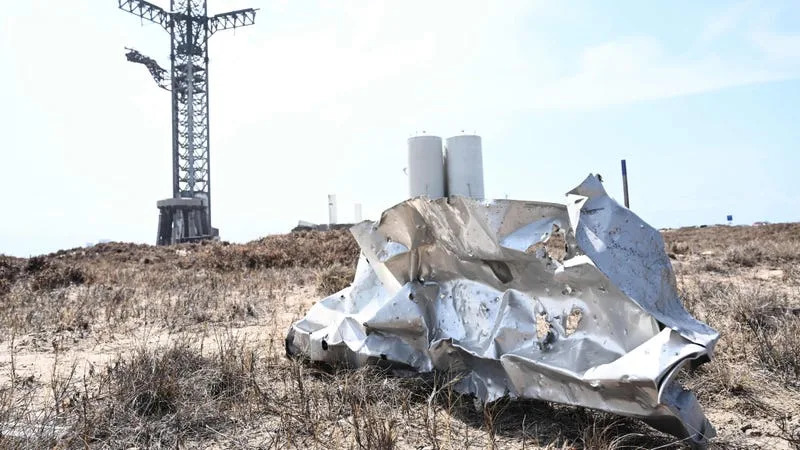
Photo: Patrick T. Fallon / AFP (Getty Images)
The damage caused by the SpaceX Starship explosion on April 20 is coming to light, and the environmental destruction the blast left behind in Boca Chica is more extensive than wildlife officials expected. It took just under four minutes after launch for several engines aboard Starship to malfunction — leading to the blast — but the failed attempt left a 385-acre debris field and sparked a 3.5-acre fire, as Bloomberg reports.
Chunks of concrete and twisted rebar were strewn along the perimeter of the blast, shocking U.S. wildlife scientists who visited the former launch pad. Fish and Wildlife Service officials were not allowed onsite until 48 hours later, which made them suspicious due to the delay. When they were allowed to survey the damage, FWS found the pad site was totally destroyed in the explosion and chunks of concrete had been scattered around, even into the nearby surf.
The officials, biologists working with the Fish and Wildlife Service, privately expressed disbelief at the extent of the scene, records obtained by Bloomberg News show. “The explosion was so extensive it sent concrete chunks flying into the surf,” said one email from Chris Perez of the FWS to colleagues. The environmental damage was due to the tremendous amount of force required to get the world’s largest rocket off the ground.
In the aftermath of the explosion and ongoing investigation overseen by the feds, Fish and Wildlife officials told the U.S. Department of Interior that SpaceX may have to re-design the entire launch pad, and added that the site “probably won’t see another launch for a while.”
Officials questioned the lack of flame-suppression technology at the site, which is standard across the launch industry. The SpaceX launch site had no flame diverters, no flame trenches, nor a water deluge system. These are used to “dampen and divert the intense forces, heat and gases” created during a launch.
But since these were absent from the launch pad, the force of the explosion reportedly let loose a “‘rock tornado’ of power, heat and gas” that blew a hole in the ground under Starship. And debris went flying, harming a public state park and endangering local flora and fauna. Government agencies, including the FAA and FWS may require further environmental safety measures before clearing another launch attempt — in the wake of the latest damage. Elon Musk’s space firm has long wrought both direct and indirect harm to the region.
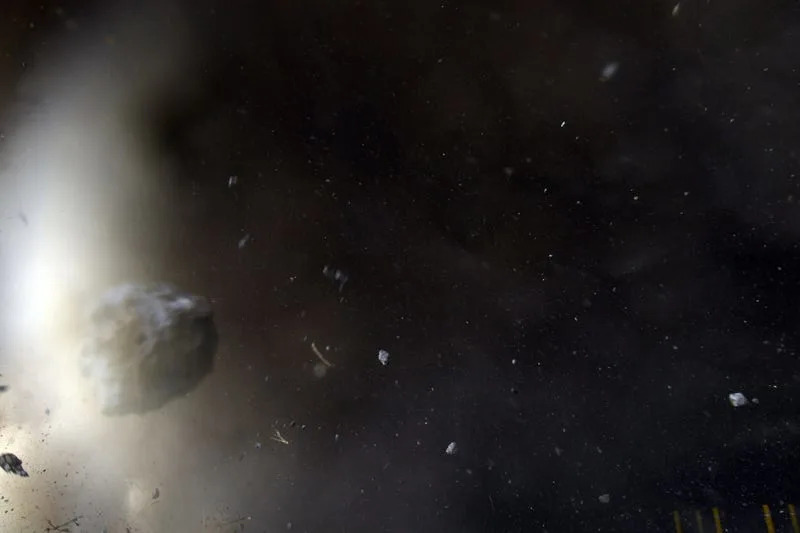
Photo: Patrick T. Fallon / AFP (Getty Images)
The Starship rocket is supposed to ferry humans to the Moon and, eventually, to Mars, but the world’s biggest rocket is still struggling to get off the ground. Elon Musk has referred to such incidents as part of his “successful failure formula,” according to Reuters.
A senior adviser to SpaceX said the company embraces failure when its consequences are low. But who gets to decide when consequences are low or not? Musk? SpaceX? The residents of the region where Musk has set up shop? Or maybe the flora and fauna?
In light of the harm SpaceX keeps causing South Texas, Musk should amend the formula and call the explosion a failure, simply put. Then, Musk could take responsibility and adopt safety measures that experts have been recommending for years, which would help ensure SpaceX keeps working toward a safe launch without incurring more damage to the area.
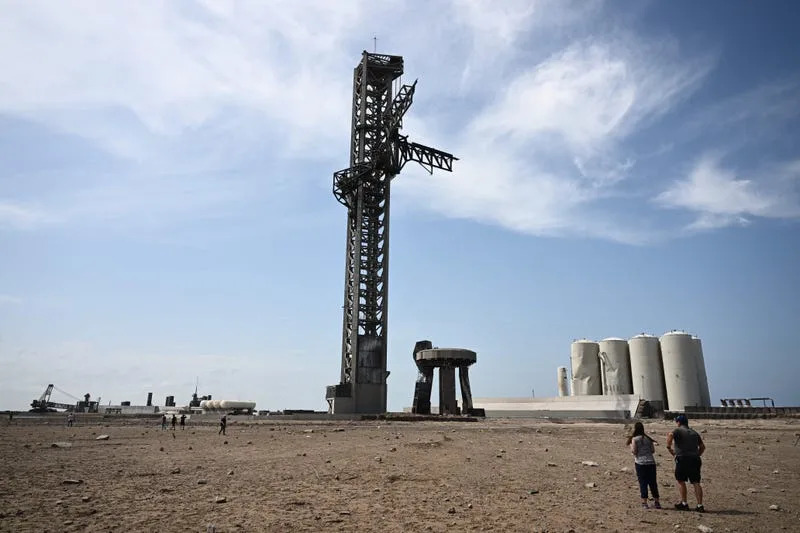
Photo: Patrick T. Fallon / AFP (Getty Images)

Photo: Patrick T. Fallon / AFP (Getty Images)
More from Jalopnik
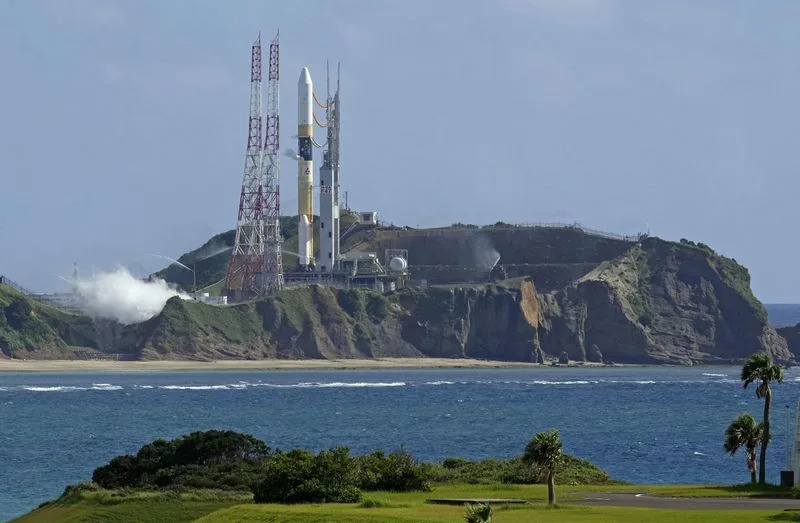
No comments:
Post a Comment